Filter by
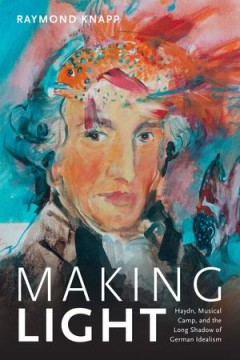
Making Light: Haydn, Musical Camp, and the Long Shadow of German Idealism
In Making Light Raymond Knapp traces the musical legacy of German Idealism as it led to the declining prestige of composers such as Haydn while influencing the development of American popular music in the nineteenth century. Knapp identifies in Haydn and in early popular American musical cultures such as minstrelsy and operetta a strain of high camp—a mode of engagement that relishes both the…
- Edition
- -
- ISBN/ISSN
- 9780822369356
- Collation
- -
- Series Title
- -
- Call Number
- 780
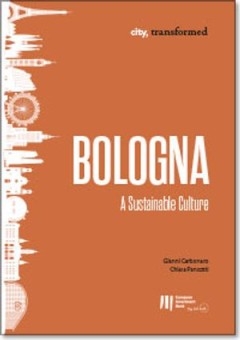
Bologna : a Sustainable Culture
Bologna’s unique political and cultural history helped it forge ahead of most Italian cities with strategic investments in services, health care and education. How well does its focus on sustainability in a range of areas set it up for continued success? This essay provides an overview of the development of the Bologna metropolitan region in recent decades, emphasising the role of urban polic…
- Edition
- -
- ISBN/ISSN
- 9789286139055
- Collation
- -
- Series Title
- -
- Call Number
- 650
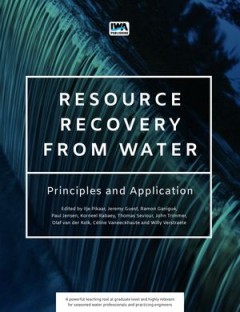
Emerging Solutions for Musical Arts Education in Africa
Emerging Solutions for Musical arts Education in South Africa offers peer-reviewed articles prepared for the 2003 Conference of the Pan African Society for Musical Arts Education in Africa held in Kisumu, Maseno, Kenya. Not only does this publication voice the solutions offered by 31 authors from the African continent and beyond, but it presents in a unique and highly accessible fashion the col…
- Edition
- -
- ISBN/ISSN
- 9781920051112
- Collation
- -
- Series Title
- -
- Call Number
- 780
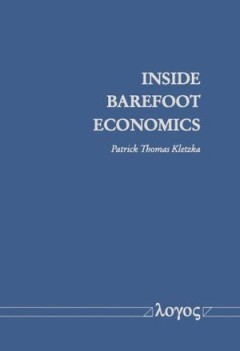
Inside Barefoot Economics
the practice of barefoot economics requires more than simply the lived experience of poverty-related phenomena. In contrast to the prevailing positivist paradigm within the scientific discipline of economics that tends to cultivate particular ways of economic thinking by taking their linguistic presuppositions for granted, barefoot economics involves challenging one's own horizon of possibility…
- Edition
- -
- ISBN/ISSN
- 9783832553463
- Collation
- -
- Series Title
- -
- Call Number
- 650
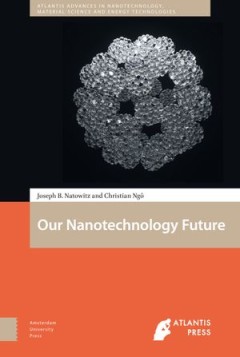
A Contemporary Study of Musical Arts: Volume 5, Book 3
Book 3: Intercultural concert ensembles Volume 5 is on modern African classical drumming as an instrument of specialization for contemporary concert performances. It contains repertory for solo drumming, drum and voice/saxophone/trumpet duos, and intercultural drum ensemble works. The imperatives of advancing the indigenous philosophy and theory into global classical practices have informed the…
- Edition
- -
- ISBN/ISSN
- 9781920051686
- Collation
- -
- Series Title
- -
- Call Number
- 780
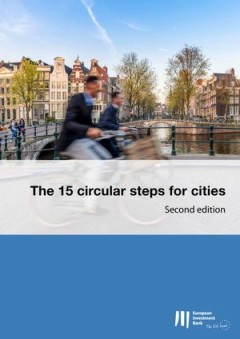
The 15 circular steps for cities – Second edition
The transition to a circular economy not only conserves resources, but also reduces environmental and climate impacts. It fosters innovation and thereby increases competitiveness and creates new jobs. Cities can be cradles and catalysts for a circular transition. This guide provides concrete guidance on how a linear city can start the circular journey.
- Edition
- -
- ISBN/ISSN
- -
- Collation
- -
- Series Title
- -
- Call Number
- 650

A Contemporary Study of Musical Arts: Volume 5, Book 2: Informed by African I…
Book 2: Concert duos (Drum and voice/Woodwind/Horns) Volume 5 is on modern African classical drumming as an instrument of specialization for contemporary concert performances. It contains repertory for solo drumming, drum and voice/saxophone/trumpet duos, and intercultural drum ensemble works. The imperatives of advancing the indigenous philosophy and theory into global classical practices have…
- Edition
- -
- ISBN/ISSN
- 9781920051679
- Collation
- -
- Series Title
- -
- Call Number
- 780

A Contemporary Study of Musical Arts: Volume 5, Book 1: Informed by African I…
Book 1: Concert drum solos and Drummistic piano solos Volume 5 is on modern African classical drumming as an instrument of specialization for contemporary concert performances. It contains repertory for solo drumming, drum and voice/saxophone/trumpet duos, and intercultural drum ensemble works. The imperatives of advancing the indigenous philosophy and theory into global classical practices hav…
- Edition
- -
- ISBN/ISSN
- 9781920051662
- Collation
- -
- Series Title
- -
- Call Number
- 780
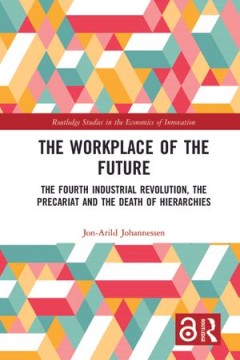
The Workplace of the Future : The Fourth Industrial Revolution, the Precariat…
The Fourth Industrial Revolution is a global development that shows no signs of slowing down. In his book, The Workplace of the Future: The Fourth Industrial Revolution, the Precariat and the Death of Hierarchies, Jon-Arild Johannessen sets a chilling vision of how robots and artificial intelligence will completely disrupt and transform working life. The author contests that once the dust has s…
- Edition
- -
- ISBN/ISSN
- -
- Collation
- -
- Series Title
- -
- Call Number
- 650
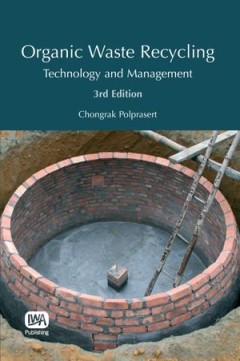
A Contemporary Study of Musical Arts: Volume 4: Informed by African indigenou…
Volume 4 – Illuminations, reflections and explorations Modern literacy education in African music has hitherto focused more on observed context studies. The philosophical rooting and the psychological and therapeutic force that ground African indigenous musical arts have not been much discerned or integrated. Much needed in contemporary education, then, are integrative studies and literature …
- Edition
- -
- ISBN/ISSN
- 9781920051655
- Collation
- -
- Series Title
- -
- Call Number
- 780
 Computer Science, Information & General Works
Computer Science, Information & General Works  Philosophy & Psychology
Philosophy & Psychology  Religion
Religion  Social Sciences
Social Sciences  Language
Language  Pure Science
Pure Science  Applied Sciences
Applied Sciences  Art & Recreation
Art & Recreation  Literature
Literature  History & Geography
History & Geography